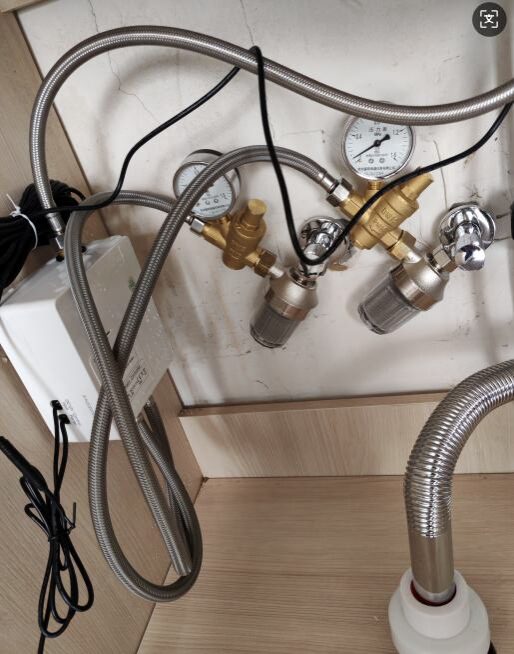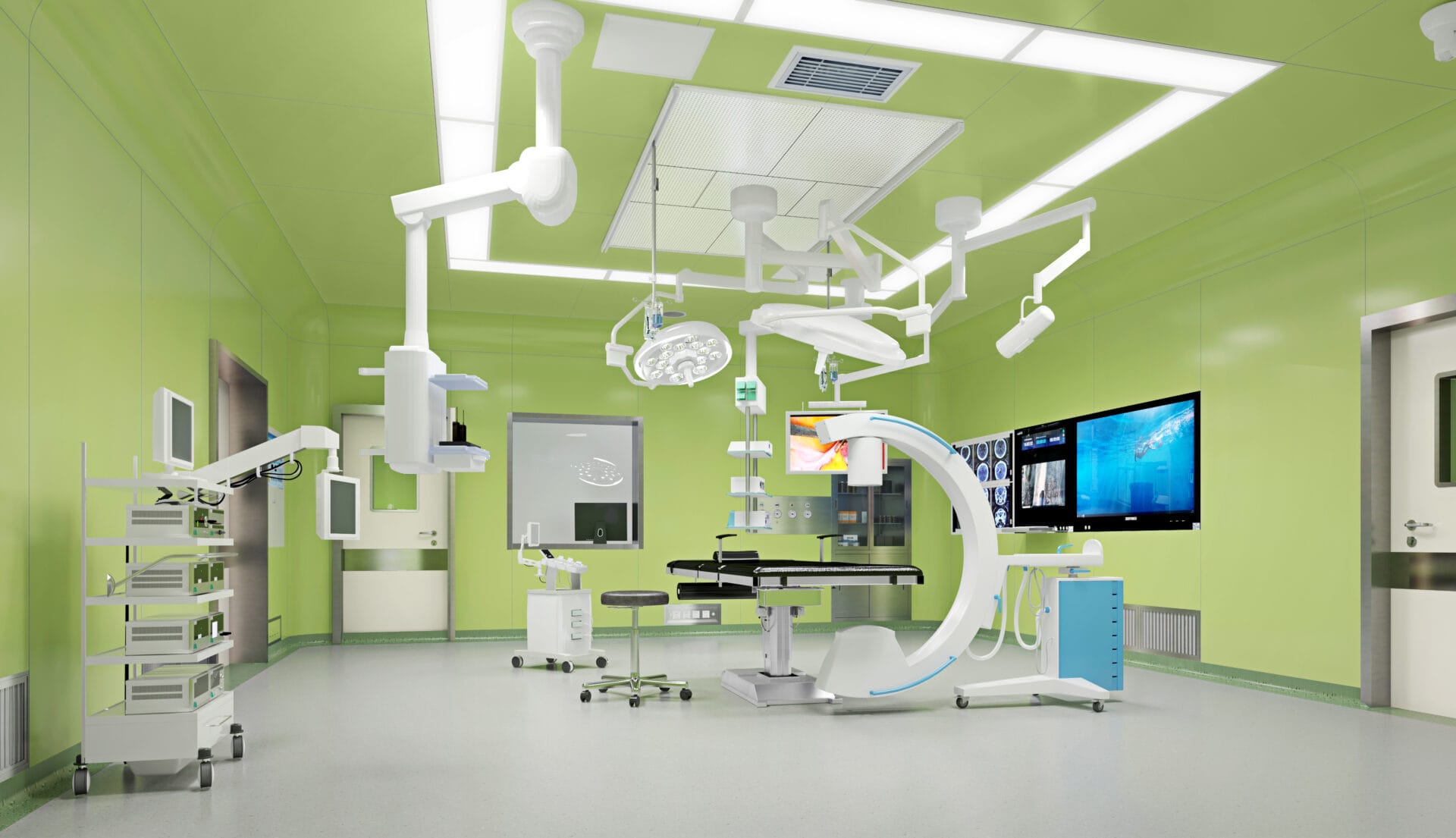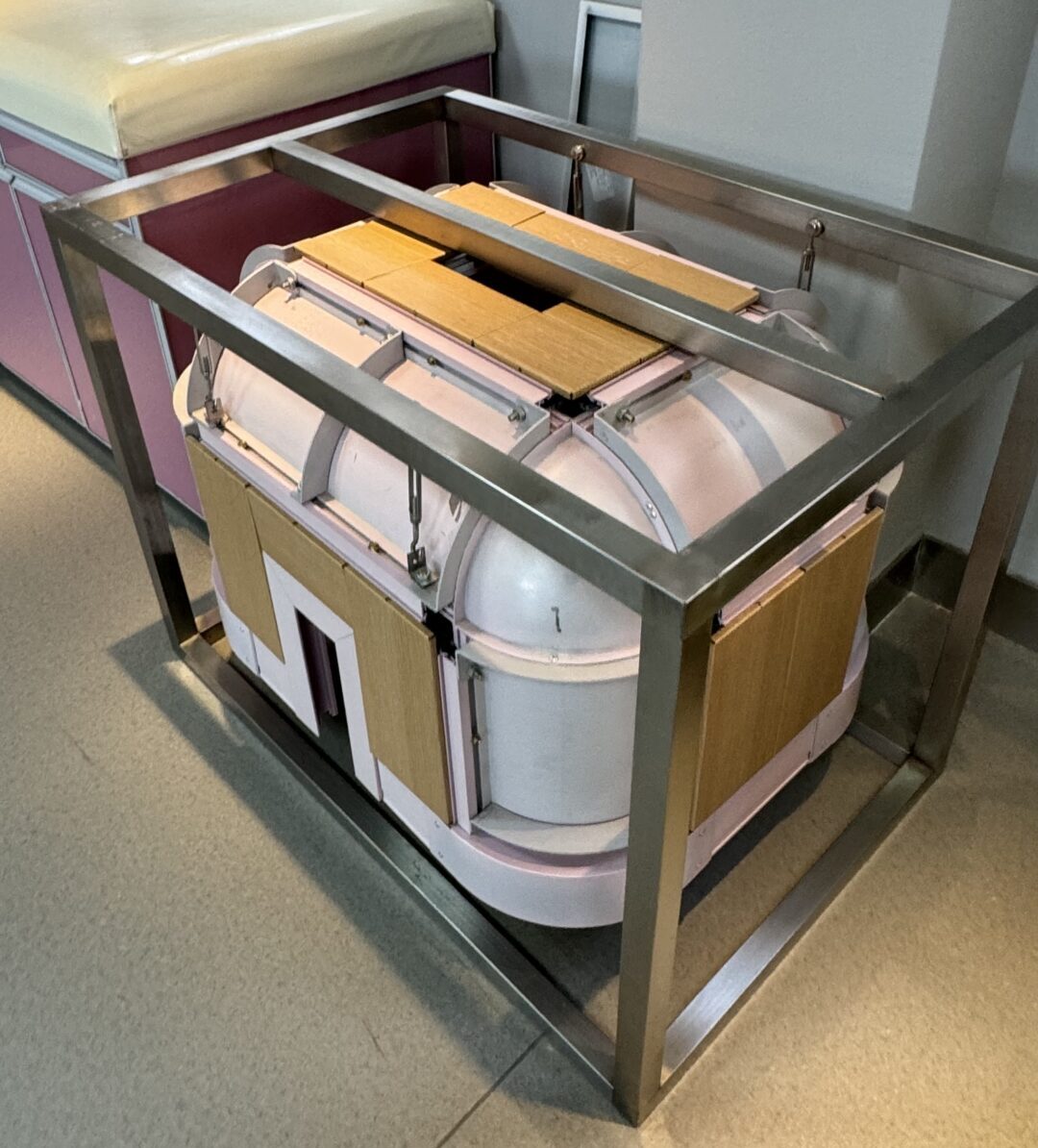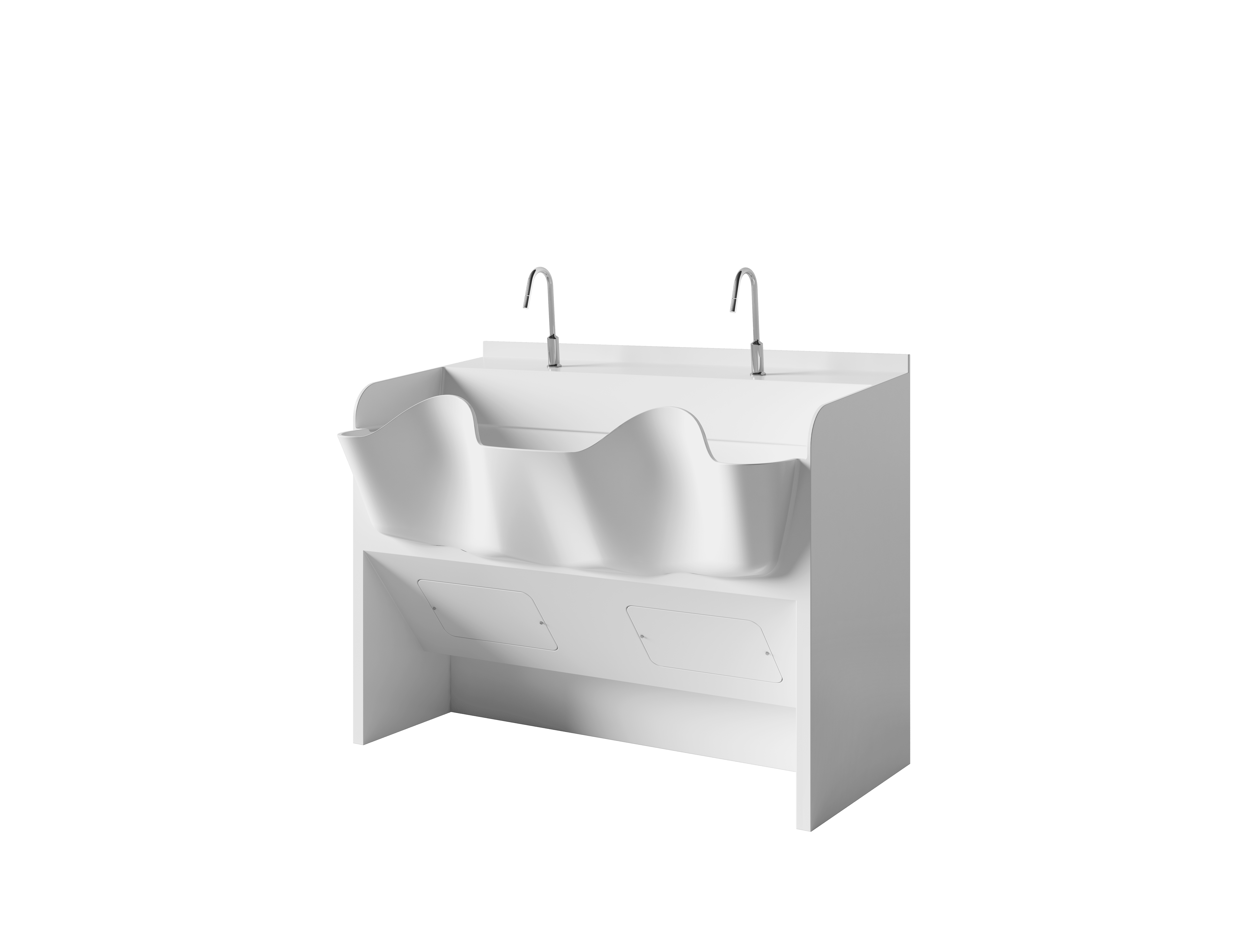
Introduction to Operating Room Hermetic Doors
Operating room hermetic doors play a crucial role in modern healthcare facilities, particularly in surgical environments. Their primary function is to ensure a sterile and controlled atmosphere within operating rooms, where the risk of infection is paramount. These specialized doors are designed to minimize the ingress of contaminants, thus safeguarding both patients undergoing procedures and the healthcare professionals attending to them. In contrast to conventional sliding doors, hermetic doors are engineered to create an airtight seal when closed, which is essential for maintaining regulated temperatures and humidity levels in surgical spaces.
The significance of hermetic doors extends beyond infection control; they are vital for ensuring strict adherence to hospital regulations and safety standards. A hermetic door’s design includes features such as automatic closing mechanisms, soundproofing capabilities, and robust insulation, all of which are tailored to accommodate the intense requirements of an operating room. For instance, in addition to their airtight attributes, these doors often include specialized hardware that prevents accidental openings while surgical procedures are in progress, further enhancing patient safety.
Moreover, the selection of operating room hermetic doors involves careful consideration of materials and design specifications. Hospitals must assess factors such as durability, ease of cleaning, and resistance to various chemicals commonly found in medical facilities. Understanding these distinctions is essential for making informed decisions about door selections that align with both operational needs and compliance protocols. Overall, the integration of hermetic doors into operating rooms exemplifies the intersection of architecture and healthcare, underscoring the importance of maintaining a sterile environment to improve patient outcomes and ensure the efficient functioning of surgical teams.
Key Differences Between Normal Sliding Doors and Hermetic Doors
When comparing normal sliding doors to operating room hermetic doors, several essential engineering and design distinctions emerge, particularly concerning their capability to create an airtight seal. Normal sliding doors are primarily designed for ease of access and convenience in various settings, including residential and commercial buildings. They operate on a simple track mechanism that facilitates smooth horizontal movement, making them suitable for areas where space constriction is not a significant factor. These doors, often made from glass or lightweight materials, emphasize aesthetics and accessibility rather than specialized functionalities.
In stark contrast, hermetic doors are specifically engineered for environments that demand stringent control over air quality and contamination, such as hospitals and operating rooms. The hermetic design employs robust materials, often stainless steel or specialized polymers, that enhance durability while ensuring an airtight seal when closed. This unique property is crucial for maintaining sterile conditions by preventing the ingress of airborne contaminants. The locking mechanisms in hermetic doors frequently feature complex systems that provide the necessary force to maintain the seal, thereby safeguarding critical areas against pathogens.
Another significant difference lies in compliance with health and safety regulations. Hermetic doors are subject to rigorous standards that govern their operation and installation, reflecting their critical role in infection control within healthcare facilities. These doors are often equipped with features such as automatic closing systems and sensors that detect obstructions, further enhancing safety and functionality in high-stakes environments.
In scenarios where contamination control is paramount, such as surgical suites, hermetic doors are undeniably preferable. Regular sliding doors might suffice in less critical environments, but their inability to maintain strict air quality standards limits their utility in specialized facilities. This distinction underscores the importance of choosing the appropriate type of door based on the specific requirements of the intended application.
Factors to Consider When Choosing Hermetic Doors for Hospitals
When selecting hermetic doors for hospitals, several critical factors must be taken into account to ensure the chosen system is appropriate for the specific needs of a medical facility. One of the foremost considerations is understanding the distinct operational requirements of various hospital areas. Different departments, such as surgical suites, patient recovery rooms, and isolation units, demand varying degrees of access and environmental control. Assessing the flow of traffic and the need for quick access while maintaining a sterile environment is essential for optimal operational efficiency.
Another significant aspect to evaluate is the required level of sterility. In operating rooms and other critical areas, maintaining a controlled environment is pivotal to prevent infections and safeguard patient health. Hermetic doors can play a crucial role in achieving and maintaining this sterility by creating airtight seals that reduce the ingress of contaminants. Hospitals should thus consider the material and construction quality of the doors to ensure they meet the industry standards for sterility and safety.
Cost versus benefits is another vital element in the decision-making process. While it may be tempting to opt for the most economical solution, it is crucial to weigh the long-term savings of investing in high-quality hermetic doors against potential healthcare costs associated with infections or operational inefficiencies. Furthermore, compatibility with other hospital systems, such as HVAC and security systems, should also be evaluated to ensure a seamless integration that enhances both functionality and safety.
Lastly, the importance of certified installation and ongoing maintenance cannot be overlooked. Proper installation is essential to guarantee the doors fulfill their hermetic function, while regular maintenance ensures these doors remain functional over their lifespan. Investing in qualified service providers can significantly enhance the longevity and effectiveness of the hermetic doors, ultimately safeguarding the health and safety of all hospital occupants.
Conclusion and Recommendations
In the realm of healthcare, the selection of the appropriate operating room hermetic doors is crucial for preserving a sterile environment, safeguarding patient health, and ensuring operational efficiency. Throughout this discussion, we have explored the various types of hermetic doors, highlighting their fundamental roles in preventing the infiltration of contaminants and facilitating smooth medical operations. Understanding the differences among these door systems is essential for making informed decisions that align with the specific requirements of a medical facility.
Key points of consideration include the operational mechanisms of hermetic doors, their ability to provide sound attenuation, and their contribution to achieving a controlled environment, especially in high-stakes areas like surgical suites. The choice of material, durability, and energy efficiency are also paramount, as these factors significantly impact the overall functionality of the door systems within a healthcare setting.
For hospital managers and decision-makers, it is recommended to conduct a thorough assessment of the needs specific to their operating rooms before proceeding with installation or upgrades. Engaging with specialized suppliers and consulting with industry experts can provide valuable insights and ensure that the selected hermetic doors meet both safety standards and operational goals. Moreover, it is advisable to stay informed about the latest advancements in hermetic door technology, as innovations continue to emerge, offering enhanced safety features and efficiency benefits.
In summary, the importance of choosing the right operating room hermetic doors cannot be overstated. By prioritizing patient safety and operational efficiency, healthcare facilities can significantly improve their service quality. Additional resources such as industry publications, consultation with experts, and participation in relevant seminars can further empower decision-makers to optimize their facility management strategies.








